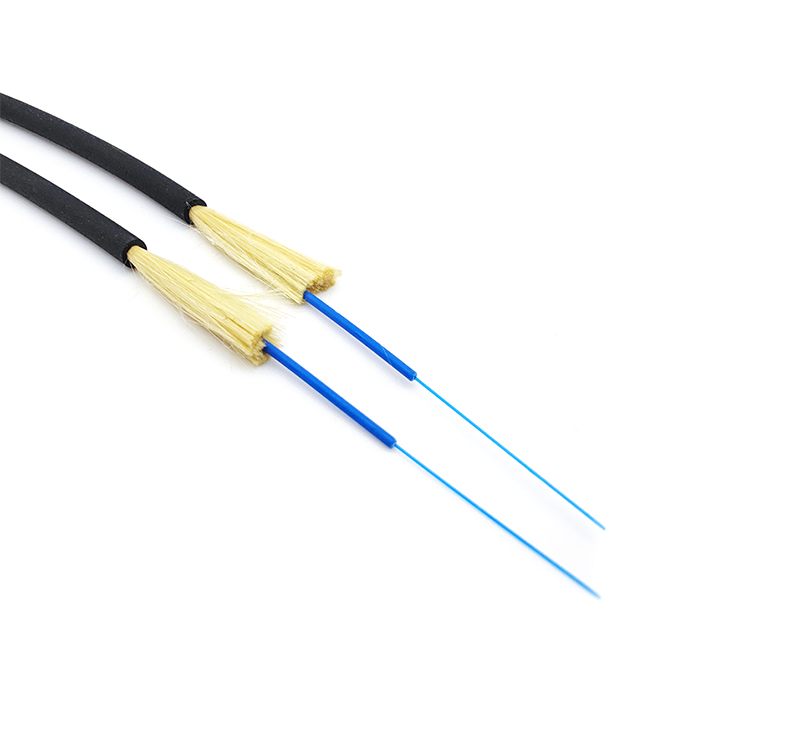Twisted pair (TP) is the most commonly used transmission medium in integrated wiring engineering. It is generally formed by two 22-26 gauge insulated copper wires intertwined with each other. . It is characterized by low price, so it is widely used, such as our common telephone lines. It is used to connect with the RJ45 crystal head.
Twisted pair can be divided into unshielded twisted pair (UTP) and shielded twisted pair (STP).
The outer layer of the shielded twisted pair cable is wrapped by aluminum platinum to reduce the radiation, but it cannot completely eliminate the radiation. The price of the shielded twisted pair cable is relatively high, and it is more difficult to install than the unshielded twisted pair cable.
Unshielded twisted pair cable has the following advantages: unshielded jacket, small diameter, saving space; light weight, easy to bend, easy to install; minimize or eliminate near-end crosstalk; flame retardant; independent performance and flexibility, suitable for structured cabling.
The common types of twisted pair are as follows:
Category 1 line (CAT1): Mainly used to transmit voice (a standard is mainly used for telephone cables before the early 1980s), which is different from data transmission.
Category II line (CAT2): The transmission frequency is 1MHZ, which is used for voice transmission and data transmission with a maximum transmission rate of 4Mbps. It is commonly used in the old token network that uses the 4MBPS standard token passing protocol.
Category 3 cable (CAT3): The transmission frequency is 16MHz, which is used for voice transmission and data transmission with a maximum transmission rate of 10Mbps. It is mainly used for 10BASE--T, the cable specified in the ANSI and EIA/TIA568 standards.
Four types of lines (
CAT4): The transmission frequency is 20MHz, which is used for voice transmission and data transmission with a maximum transmission rate of 16Mbps, mainly for token-based local area networks and 10BASE-T/100BASE-T.
Category 5 cable (CAT5): The transmission frequency is 100MHz, used for voice transmission and data transmission with a maximum transmission rate of 100Mbps, mainly used in 100BASE-T and 10BASE-T networks. This is the most commonly used Ethernet cable, this type of cable has increased winding density and is covered with a high-quality insulating material.

CAT5e (CAT5e): The transmission frequency is 100MHz, mainly used for Gigabit Ethernet (1000Mbps). It has small attenuation, less crosstalk, higher attenuation-to-crosstalk ratio (ACR) and signal-to-noise ratio (Structural Return Loss), and smaller delay error, and the performance is greatly improved.
Category 6 cable (CAT6): The transmission frequency is 250MHz, which is most suitable for applications with transmission rates higher than 1Gbps, mainly for Gigabit Ethernet (1000Mbps). Category 6 twisted pair is different from Category 5 or Category 5 super twisted pair in appearance and structure, not only an insulating cross frame is added, but the four pairs of twisted pair are placed on the four sides of the cross frame respectively. inside a groove, and the diameter of the cable is also thicker.










